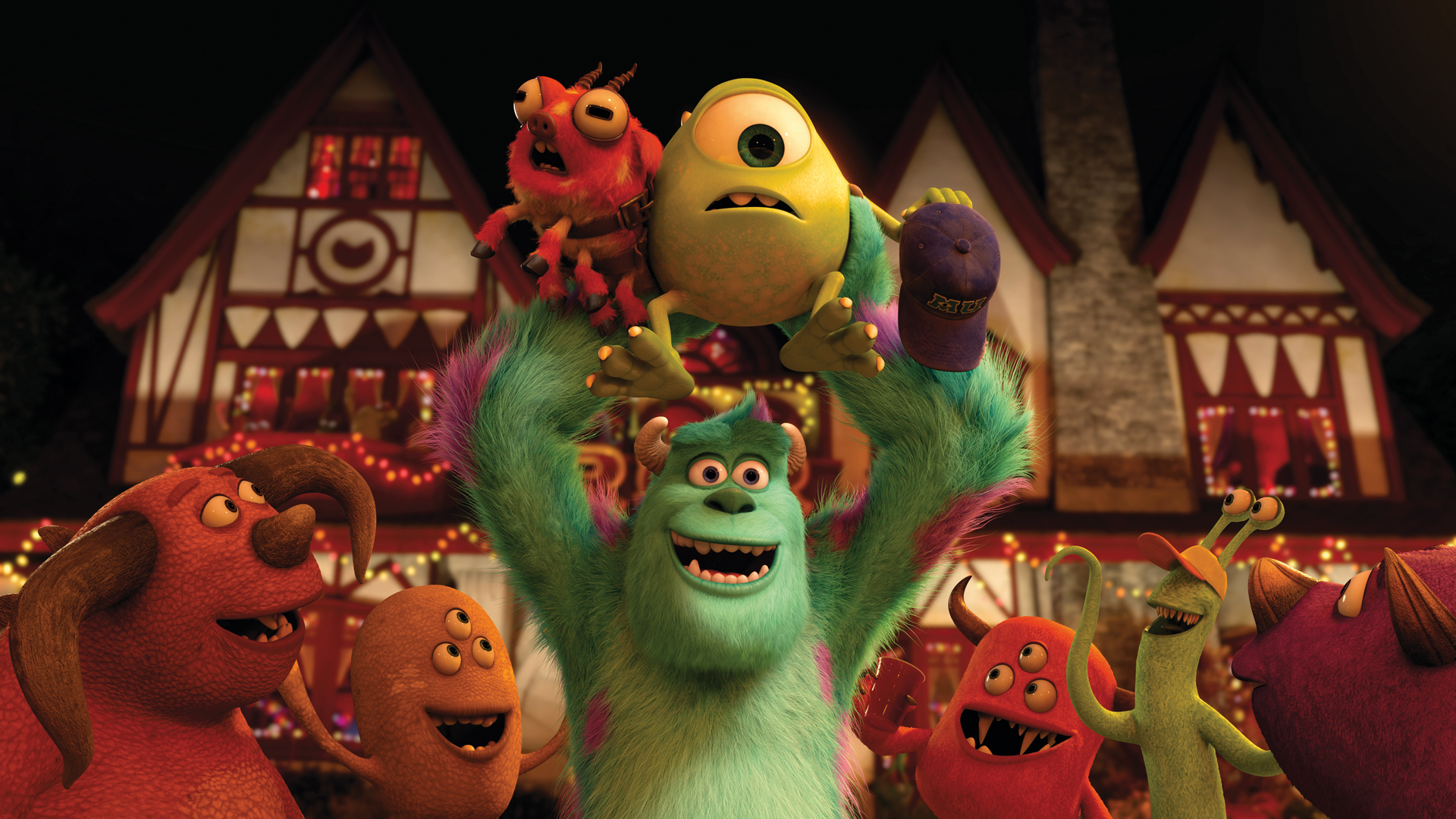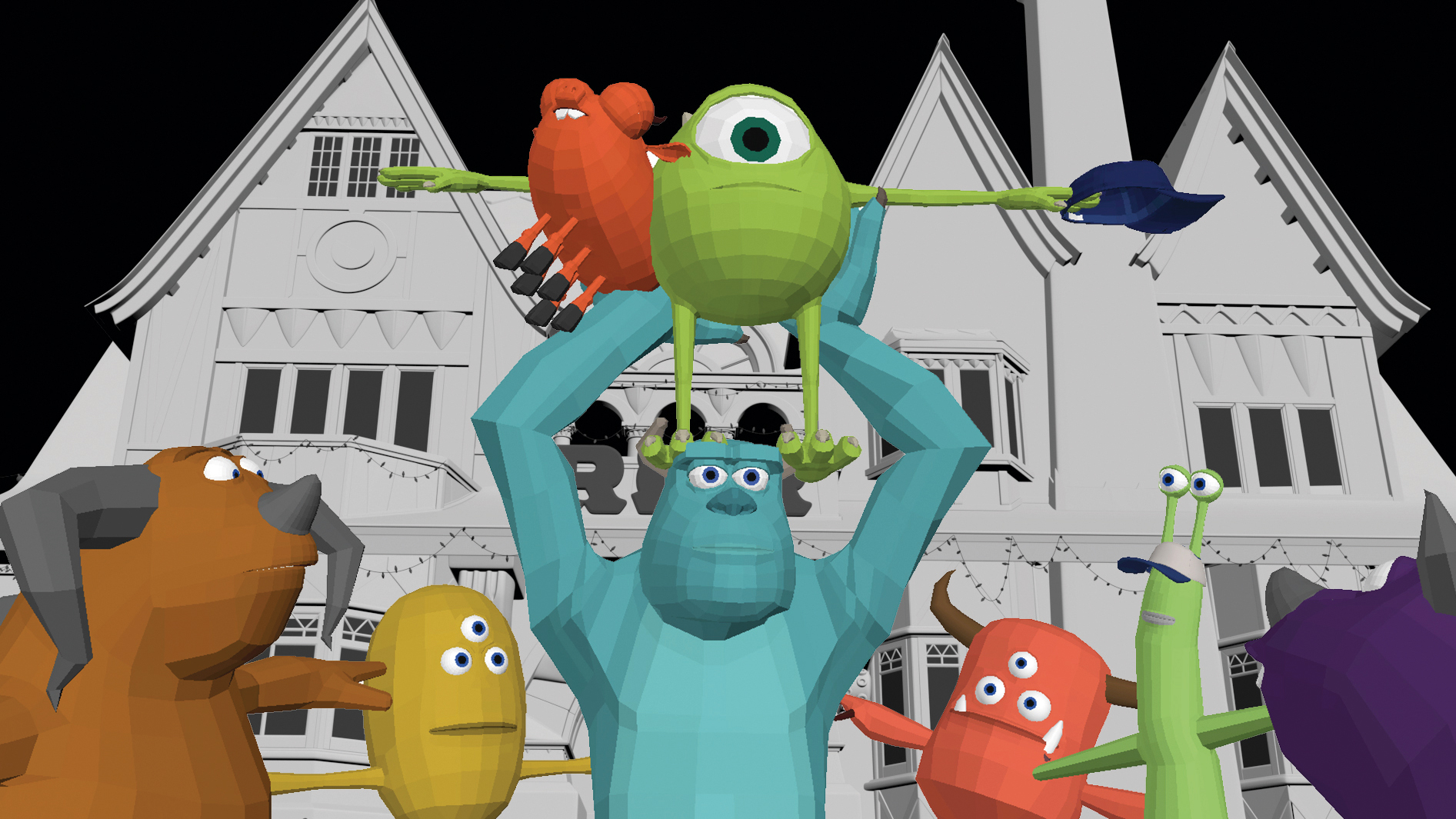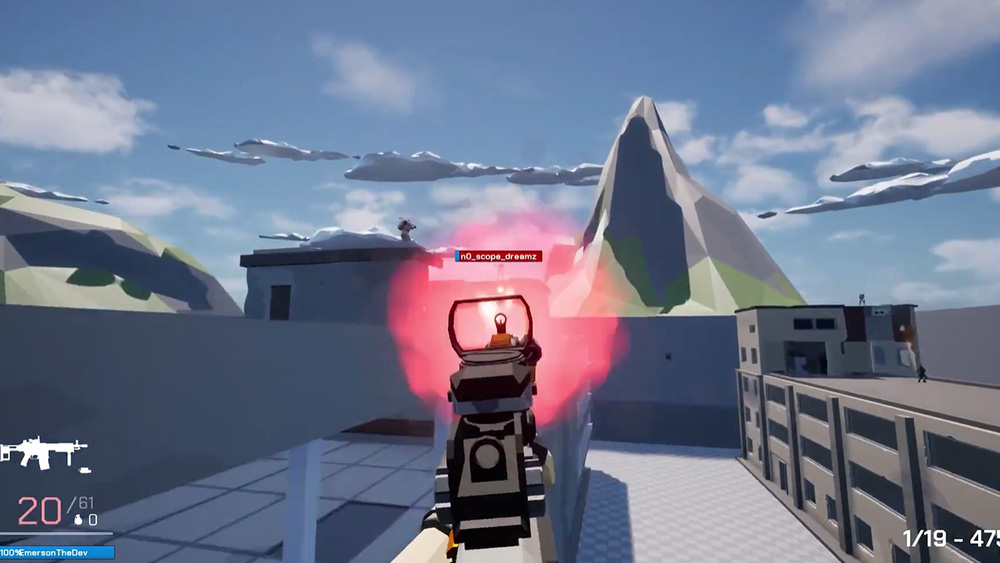How Pixar has changed in the last 20 years
We look back at how the world's most famous animation studio and digital animation as a whole has changed since the turn of the millennium.

To celebrate 300 issues of the world's leading magazine for 3D and VFX artists, 3D World, we're taking a look back at how the industry's changed since the magazine's launch in 2000. First up, we examine Pixar, and how the now ubiquitous name became a cultural giant.
Digitally animated films have arguably become most well-known through the work of Pixar and DreamWorks. At Pixar, short CG pieces like Tin Toy and Luxo Jr. were produced in the 1980s and early 90s as ways of pushing the envelope to gauge what was feasible for computer animation. These led to its first feature film, Toy Story, which saw the studio apply its RenderMan software – its proprietary 3D software.
Almost 30 years since its release, Toy Story continues to stand as a milestone in cinema. The film built on many conventions that had been long-established in animation, in terms of expressing the inner life of characters through their actions and reactions. By setting the film within a world of toys that come to life when there are no humans in the room, Toy Story allowed the studio to elaborate on work it had done in its short films and create a movie that was a fusion of buddy and adventure film.
From the outset, Pixar fused the new world of hardware and software with the traditions of animation for character and action. Digital has also allowed working processes to become more holistic and for all involved to access each other’s work across a production.
The tendency towards photorealism asserted itself and characterised Pixar’s feature film work with increased subtlety in simulations of light, texture and shading. It’s important to note here another animated CG film: the short film Bunny (1998), written and directed by Chris Wedge at the Blue Sky Studios he founded. The film was modelled and animated using Softimage, and texture painting was handled by tools including Photoshop. Bunny was a dazzling iteration of what could be done in creating textures and nuances of light and shade.
In 3D World issue 238, the magazine took a big picture look at Pixar’s evolution in its feature film productions, and made abundantly clear the relationship between technology and creative process as the studio committed research, development and its application to real-time rendering.
One of the features of Pixar’s movies had been the nuance and detail of its lighting and texturing. With Ratatouille (2007), the studio made significant upgrades to RenderMan and in-house lighting software were instigated. Widespread use of subsurface scattering made the many dishes, vegetables and general kitchen atmosphere more appealing.
Get the Creative Bloq Newsletter
Daily design news, reviews, how-tos and more, as picked by the editors.

Several years later, for Monsters University, point-based global illumination was perfected. The film arguably marked a moment not only in Pixar’s visual nuance, but more widely in the increasing visual sophistication of the digital animated movie, where a group of algorithms could calculate the way light bounces from surface to surface within an environment.
The issue’s coverage noted: “The end result being a beautifully soft, natural-looking effect – but only if you’re prepared to wait for the effect to be added once the animation has been done. Animators can now produce the frames of their work while the lighters can give them all the gorgeous lumens they require.”
Meanwhile, Steve May of Pixar noted: “We’ve also gone through a transformation and push with RenderMan. In the production of Finding Dory, the software was at a stage to make it possible for the crew to fully embrace path-tracing, enabling more complex lighting, with a lot less work from artists. It grasps more complex geometry more efficiently.”
While Pixar has enjoyed so much recognition and success globally as an American animation studio, the digital realm has notably enhanced and allowed for the evolution of work undertaken in the stop-motion animation space.
In conversation for this issue, Jim Lewis, a senior VFX supervisor at Aardman Animations, notes: “The change in digital clean-up has also influenced how physical sets are actually constructed. Before, access hatches for animators could be incorporated into the construction of the sets to allow an animator access to the characters they’d be animating. Now it’s common to capture images of the full, complete set before an animator starts a shot, then remove the parts of set to allow access to the puppets.
“Proprietary software was developed for our third feature film production, which displays the most recent cut of the film/project all the way down through each department and directly to the animation tower on the studio floor, enabling animators to see shots in context, shot length, reference, shot numbers and so on. The fundamental role of this software is to communicate the evolving changes to a film editorially as fast and accurately as possible across all departments through the company, digital and physical. This can now include even more valuable and technical information, for example if HDRs are required, set scans and tracking passes.”
In terms of the digital space allowing artists to work with various iterations of a shot, Lewis notes: “Over recent years, productions have started to take advantage of Dragonframe [stop-motion software] and the use of multiple camera exposures, or XPs. When an animator captures a frame, the system will cycle through all the different lighting states that have been pre-determined by the director of photography [DoP] and VFX supervisor.
This is invaluable when a DoP may want two lighting states for a shot and comp them together, or mix between the two looks. A VFX luxury is XPs, which are often used at Aardman for a bluescreen-only pass, where only lights that are illuminating the bluescreen are on, resulting in a bluescreen silhouette; a huge time-saver for keying and despill work. UV lighting is often used as another XP; areas of the set or even characters are painted in UV paint to give the VFX team matte-runs for those areas.”
This article originally appeared in 3D World magazine. Buy the 300th issue here.

Thank you for reading 5 articles this month* Join now for unlimited access
Enjoy your first month for just £1 / $1 / €1
*Read 5 free articles per month without a subscription

Join now for unlimited access
Try first month for just £1 / $1 / €1

James has written about movies and popular culture since 2001. His books include Blue Eyed Cool: Paul Newman, Bodies in Heroic Motion: The Cinema of James Cameron, The Virgin Film Guide: Animated Films and The Year of the Geek. In addition to his books, James has written for magazines including 3D World and Imagine FX.
